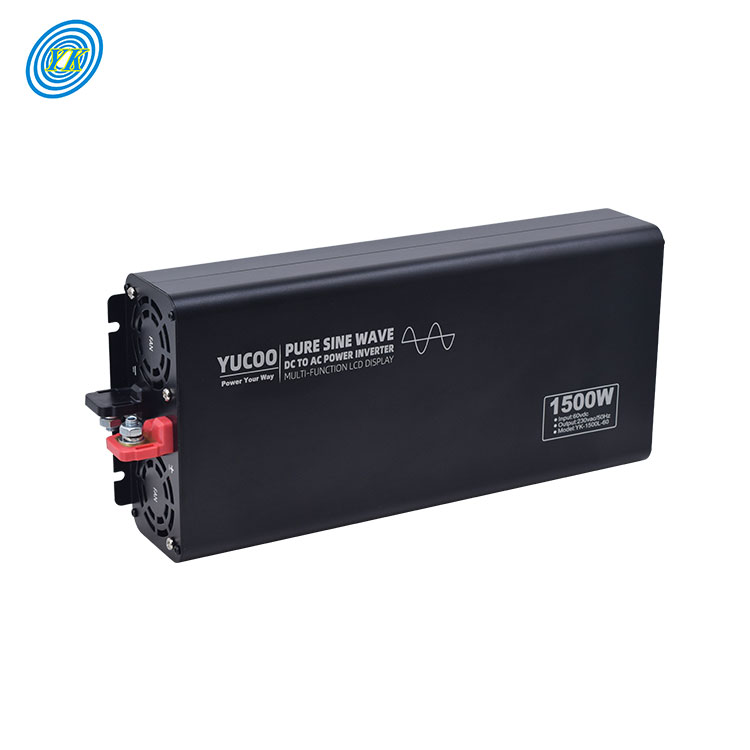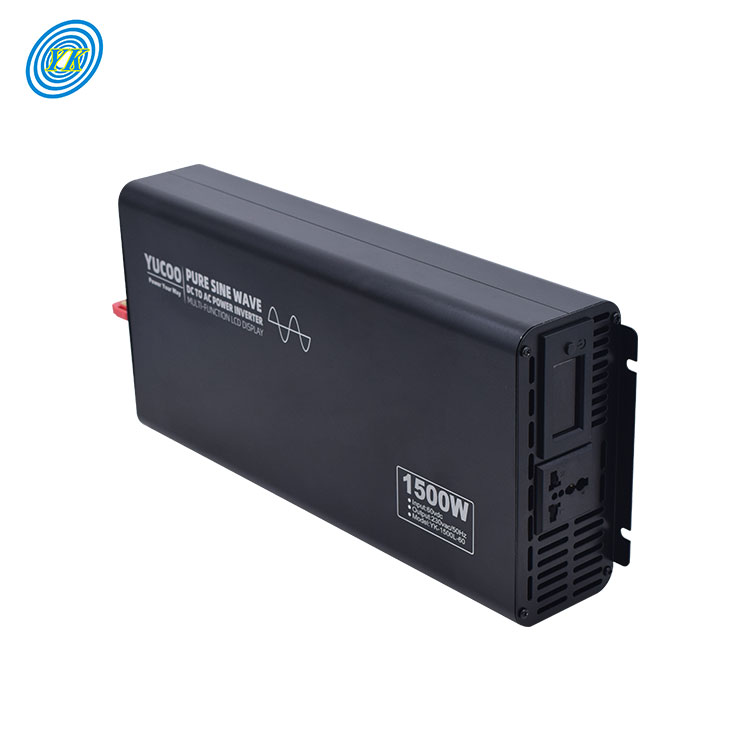News
Comprehensive Guide to Power Inverters: Types, Functions, and Applications
Click: 572 Date: 01/05/2024 10::08::03 AM
Comprehensive Guide to Power Inverters: Types, Functions, and Applications
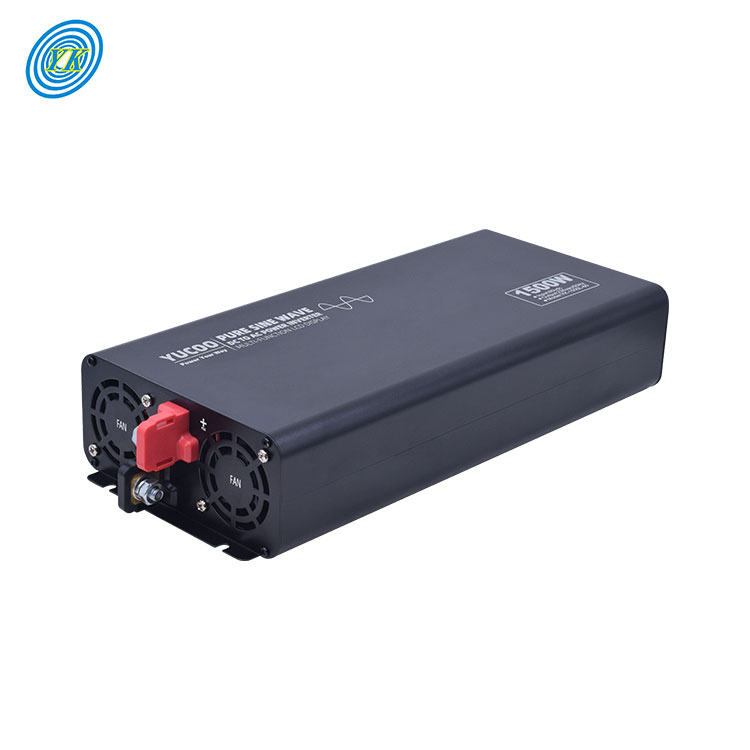
"Understanding the Basics of Power Inverters" involves comprehending what they are, how they work, and their applications in various contexts.
A power inverter is a device that converts Direct Current (DC) to Alternating Current (AC). This is crucial because while many vehicles and batteries produce DC, most household appliances require AC to operate. This makes power inverters essential for running household devices off a car battery or renewable energy sources like solar panels.
Power inverters function by applying a voltage difference across a wire, causing the free electrons in the wire to move in the same direction. This movement of electrons is referred to as current. When a wire is connected to the positive and negative terminals of a battery, a circuit is completed, and electrons begin to flow.
DC electricity flows in one direction, from one terminal directly to another. It can be compared to a river, with the current of water flowing in a single direction. On the other hand, AC electricity alternates, with the electrons flowing forwards and backwards constantly. This constant change in direction is why it's called "alternating" current. AC can be compared to the tide of the sea, which constantly flows in and out.
The process of converting DC to AC involves creating this alternating flow of electrons. This is usually achieved by having a magnet rotating past coils of wire in the inverter. The magnetic field of the rotating magnet pushes and pulls the electrons in the wire, causing them to move back and forth, thus creating AC electricity.
Power inverters are commonly used in cars, RVs, and boats to power appliances and devices that normally run on AC power. They are also used in "off-grid" living situations, where larger power inverters are connected to banks of batteries and solar grids to power basic appliances.
When choosing a power inverter, it's important to match the inverter to the voltage of the power source (usually a 12-volt battery) and ensure that the inverter's wattage rating exceeds the total wattage of all the devices you plan to run simultaneously. It's also important to consider any peak or surge wattage requirements of your devices.
"Exploring the Varieties of Power Inverters: A Journey from Half-Bridge to Full-Bridge"
In the realm of power electronics, inverters play a critical role in converting direct current (DC) into alternating current (AC). Among the diverse types of power inverters, the Half-Bridge and Full-Bridge inverters are two significant categories that are widely employed due to their unique properties and capabilities.
The Half-Bridge Inverter, as its name suggests, consists of two switches that are connected in series. The midpoint of these switches becomes the output end. This configuration is prominently used due to its simplicity and compactness. However, it operates at a lower voltage level compared to other types of inverters, which can limit its application in high-voltage scenarios.
On the other hand, the Full-Bridge Inverter is configured with four switches that form a square-like structure. The output ends are located at the midpoint of each pair of switches. This inverter type offers higher voltage capabilities, making it more suitable for applications that demand high power. However, it's a more complex system compared to the Half-Bridge inverter, which can make it more challenging to design and manage.
In conclusion, both Half-Bridge and Full-Bridge inverters have their unique strengths and limitations. The choice between the two largely depends on the specific requirements of the application. By understanding these differences, one can make an informed decision when selecting the appropriate inverter type.
Understanding Active and Passive Inverters
Active inverters, also known as active power inverters, require a direct connection to the power grid to operate. They convert DC power into AC power that can be fed back into the grid. Active inverters are typically used in systems where the power generated is intended to be used elsewhere, such as in solar power systems.
On the other hand, passive inverters, also known as standalone inverters, do not require a connection to the power grid. They convert DC power into AC power that can be used directly by a load. Passive inverters are typically used in off-grid systems, where the power generated is used locally.
Choosing the Right Inverter
The choice between an active and a passive inverter depends on your specific needs and circumstances. For systems that are intended to feed power back into the grid, such as solar power systems, an active inverter is the right choice. This type of inverter can help maximize the utility of the generated power, as it allows for the power to be used elsewhere.
If the power generated is intended to be used locally and not fed back into the grid, a passive inverter is a suitable choice. This type of inverter can operate independently of the grid, making it ideal for off-grid systems.
Considerations When Choosing an Inverter
When choosing between an active and a passive inverter, it's important to consider several factors. These include the intended use of the power generated, the availability of a grid connection, and the cost of the inverter. Active inverters generally tend to be more expensive than passive inverters due to their additional features and capabilities.
The Role of Inverters in Solar Power Systems
In solar power systems, inverters play a crucial role. They convert the DC power generated by the solar panels into AC power that can be used by household appliances or fed back into the grid. Depending on the specific design of the solar power system, either an active or a passive inverter may be used.
Advancements in Inverter Technology
Advances in inverter technology have led to the development of inverters that combine the features of both active and passive inverters. These hybrid inverters can operate in either mode, making them a flexible choice for a variety of applications.
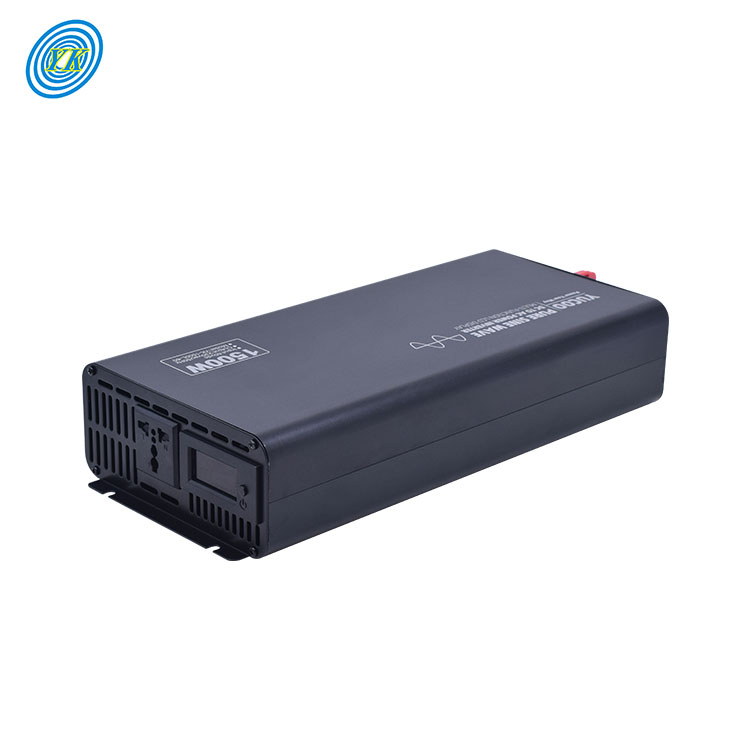
The phase control circuit plays a vital role in the operation of power inverters. It is a crucial component that governs the timing of the inverter's output, which is of utmost importance, particularly when the inverter's output needs to be integrated into a power grid or to drive an inductive load, such as a running motor.
In situations where the inverter's output is required to be synchronized with a power grid, the phase control circuit helps match the output phase of the inverter with the phase of the grid. This synchronization allows the smooth transfer of power from the inverter to the grid without causing any disturbances or imbalances in the grid.
In the case of driving an inductive load, the phase control circuit ensures that the inverter's output phase matches the phase of the load. This is essential to maintain the smooth operation of the load and prevent any potential damage due to phase mismatch.
The phase control circuit, therefore, serves as a key component in the efficient and safe operation of power inverters, enabling them to adapt to various load conditions and integrate seamlessly with power grids.
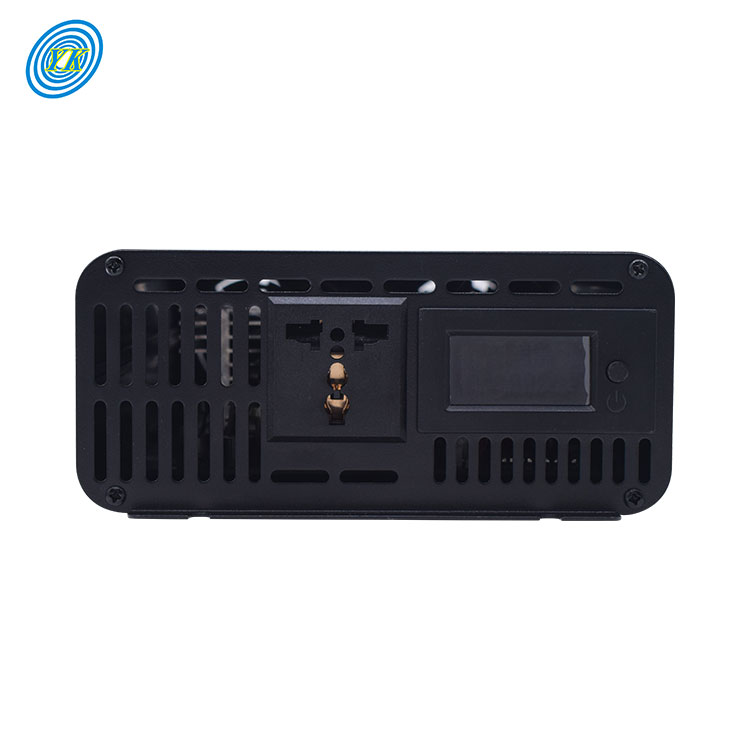
"Applications of Power Inverters: From Photovoltaic Systems to Public Transportation"
Power inverters play a critical role in various applications, transforming direct current (DC) into alternating current (AC) to make it usable for a wide range of devices and systems.
Harnessing Solar Power with Photovoltaic Systems
Photovoltaic (PV) systems leverage power inverters to convert solar energy into usable power. These systems capture sunlight via solar panels and convert it into DC electricity. The inverter then transforms this DC electricity into AC, which can be used to power household appliances or sent back to the grid. Advanced PV systems may also incorporate energy storage solutions, such as batteries, to store excess power for later use. This application of power inverters allows for the efficient utilization of renewable energy, reducing our reliance on fossil fuels and contributing to environmental sustainability.
Powering Remote Communities and Off-Grid Facilities
Power inverters are also critical for off-grid applications, such as providing electricity to remote communities or facilities that do not have access to the main power grid. In these scenarios, power inverters used in conjunction with renewable energy sources, such as solar or wind, can provide a reliable and sustainable power supply.
Driving Advances in Public Transportation
In the realm of public transportation, power inverters are used to convert the DC electricity from batteries or fuel cells into AC to power electric buses and trains. This application of power inverters is not only environmentally friendly but also contributes to the efficiency and reliability of urban transportation systems. For instance, the use of power inverters in electric buses allows for smoother operation and better control of the vehicle's speed, improving the overall ride quality for passengers.
Optimizing Energy Consumption in Electric Vehicles (EVs)
Power inverters are integral to the operation of electric vehicles (EVs), converting DC from the battery into AC to drive the electric motor. Advanced power inverters can also facilitate regenerative braking, a process that recovers some of the energy usually lost during braking and converts it back into usable electricity. This feature helps optimize energy consumption in EVs, extending their range, and improving their overall efficiency.
Enabling Energy Efficiency in Traction Systems
Power inverters are also used in traction systems for railways and trams. They convert DC power from the overhead lines or third rail into AC power for the traction motors. By controlling the power supply to the motors, the inverters enable more efficient operation of the traction system, reducing energy consumption and contributing to more sustainable urban transit.
In summary, power inverters serve a variety of applications in both residential and commercial settings, from enabling the use of solar power in homes to improving the efficiency of public transport. Their versatility and ability to facilitate the conversion and efficient use of energy make them a critical component in our transition towards more sustainable and renewable energy systems.
